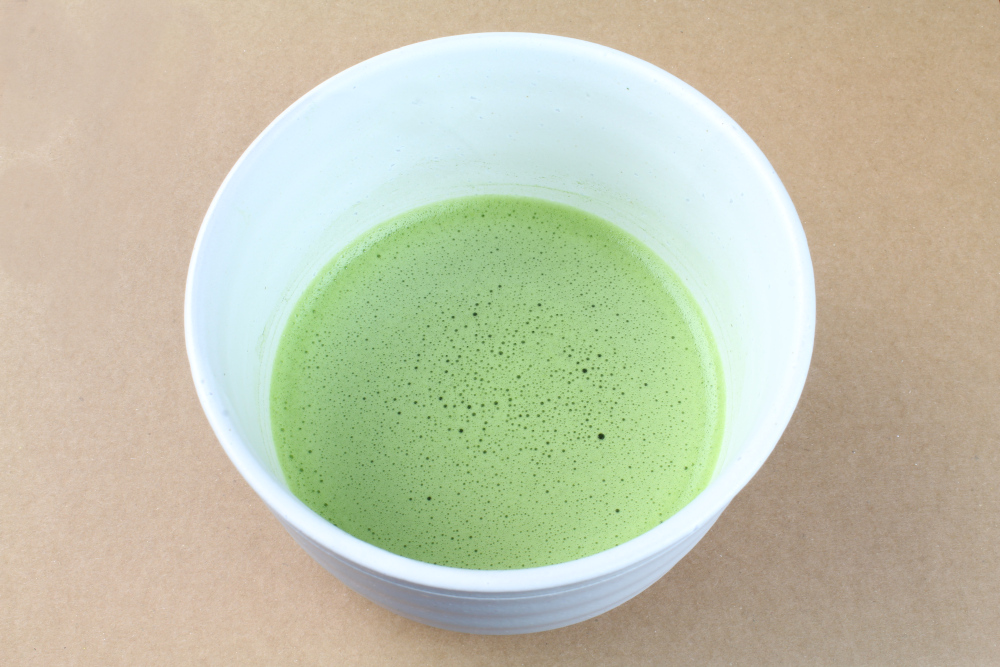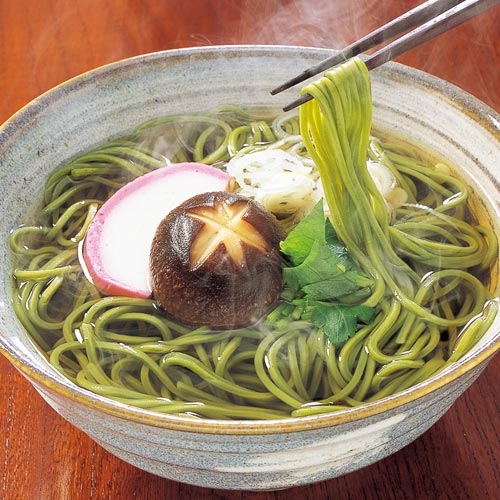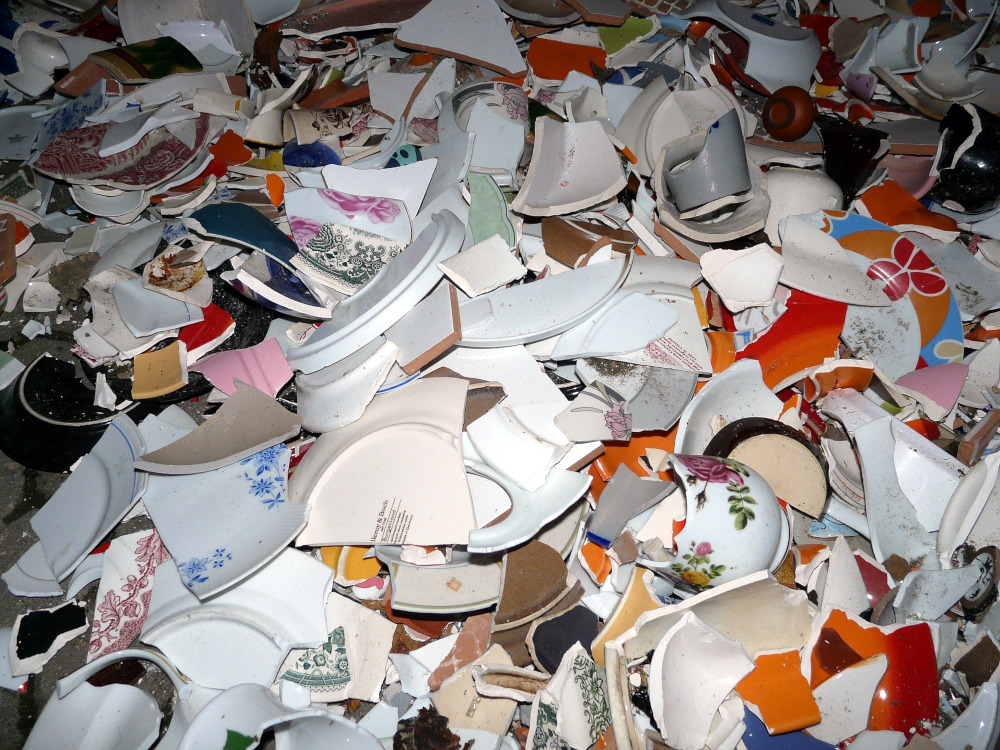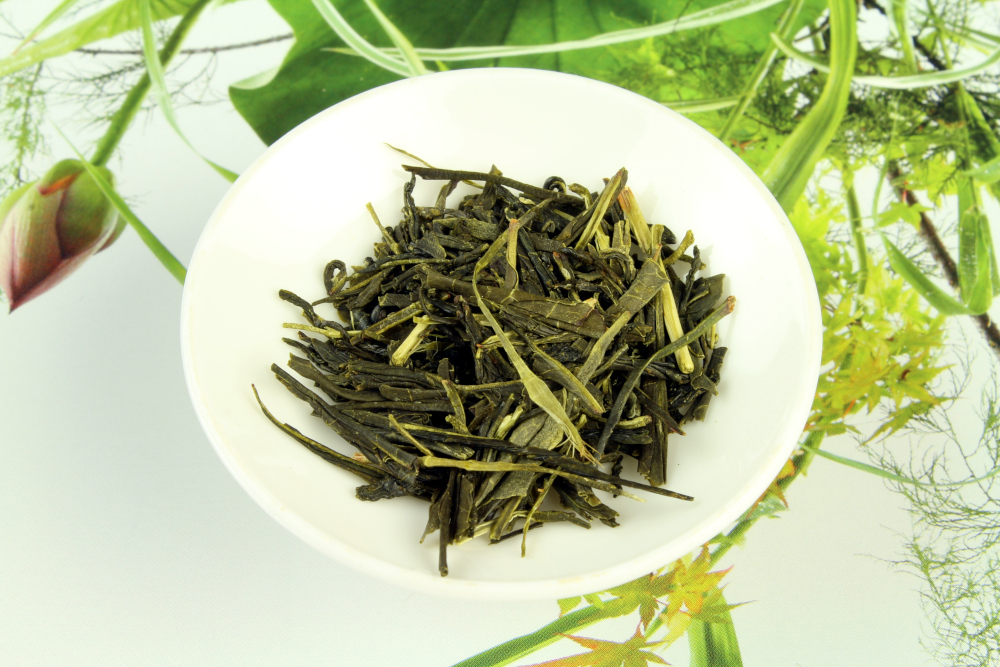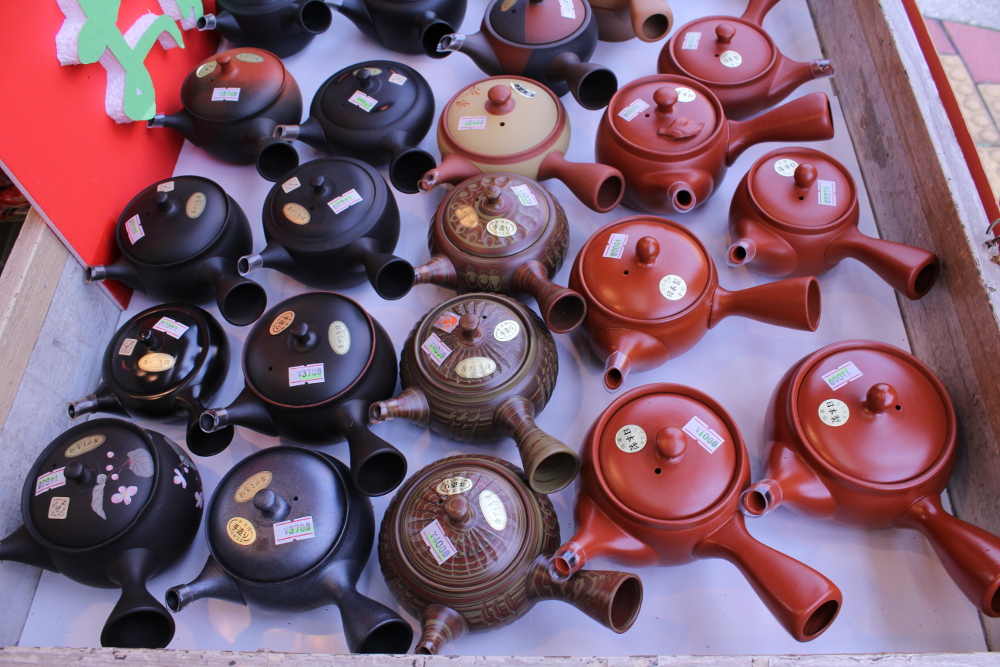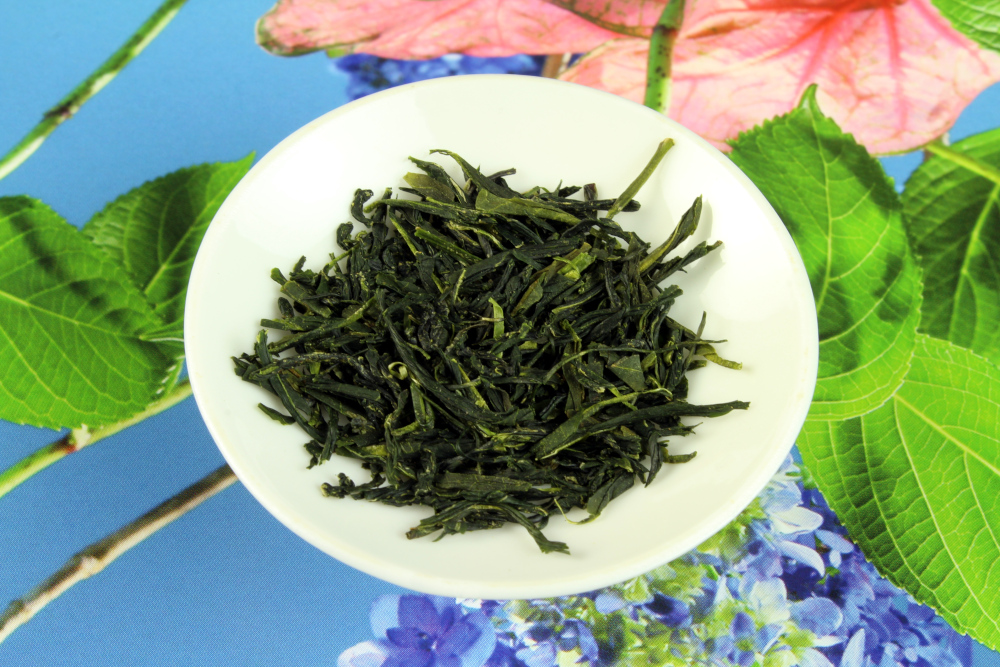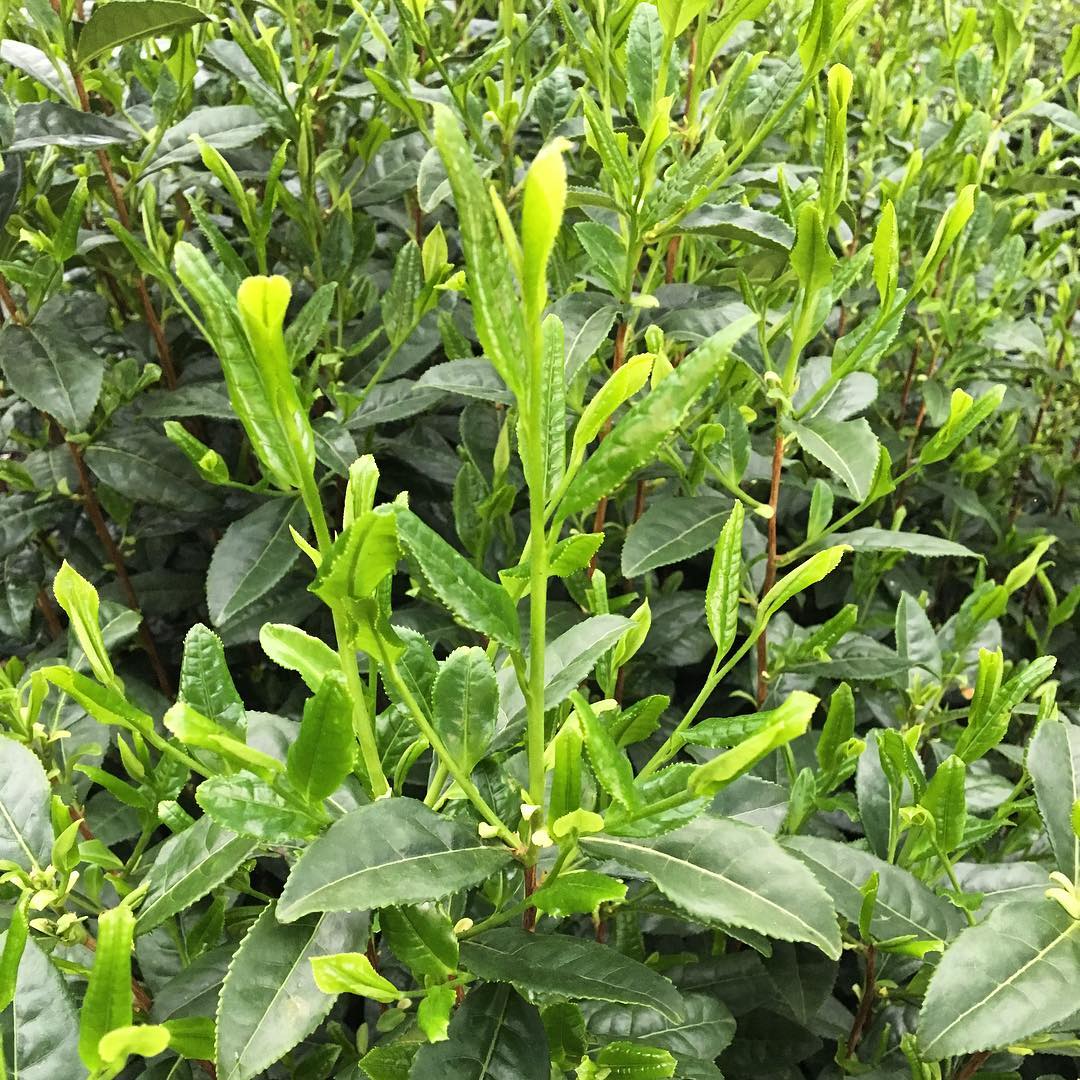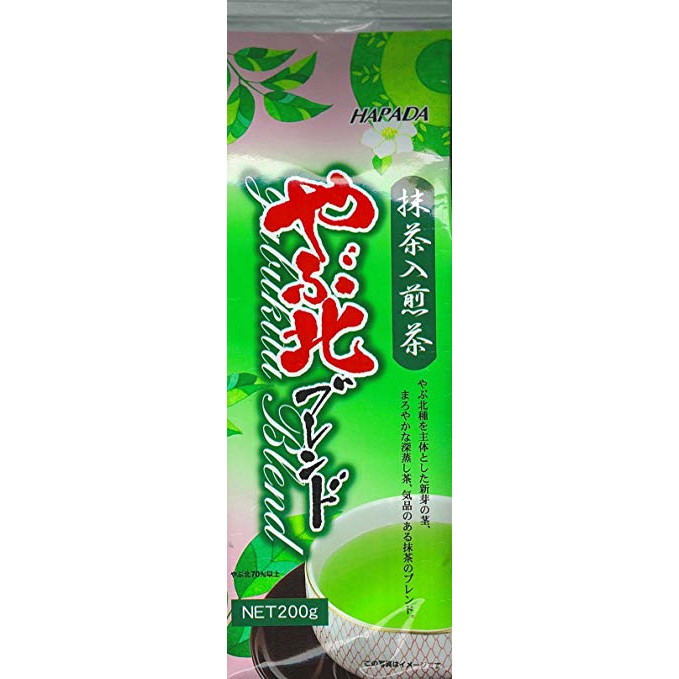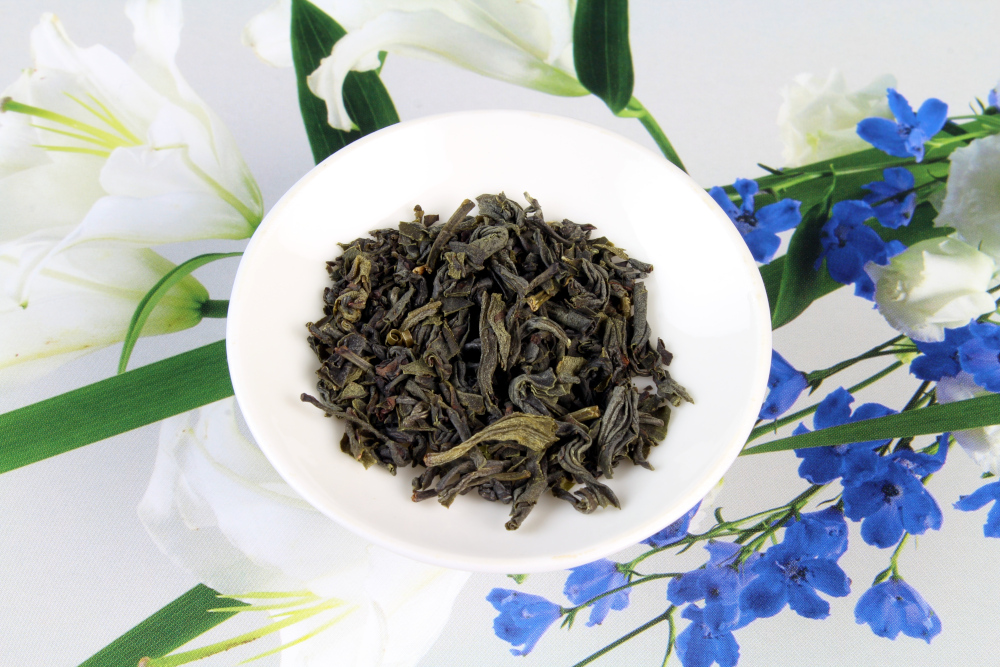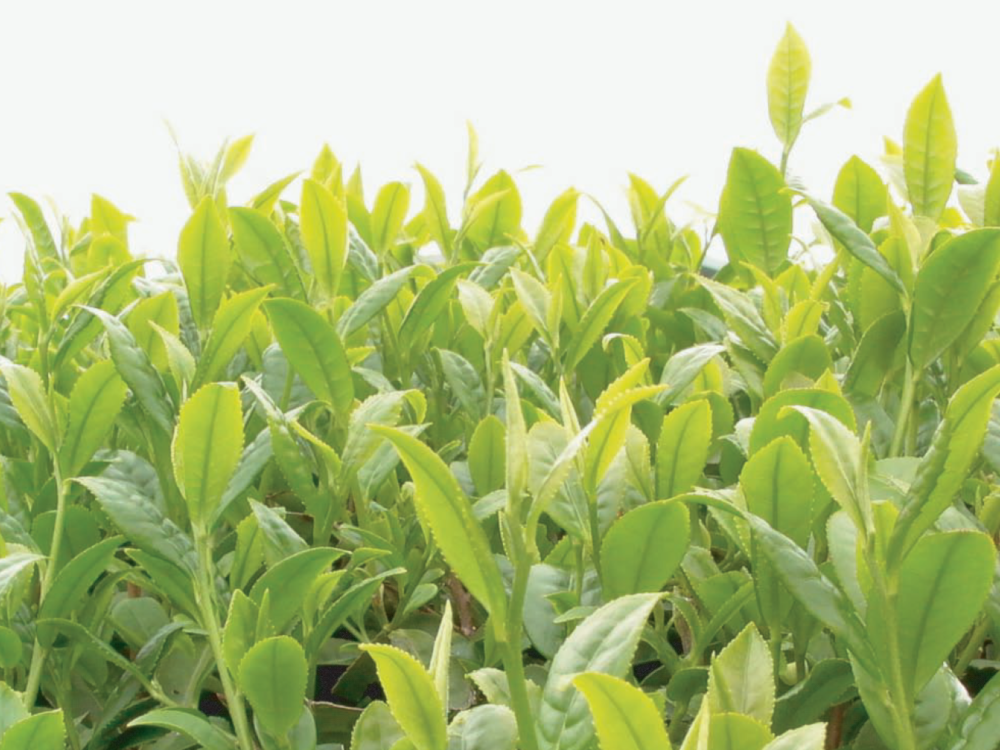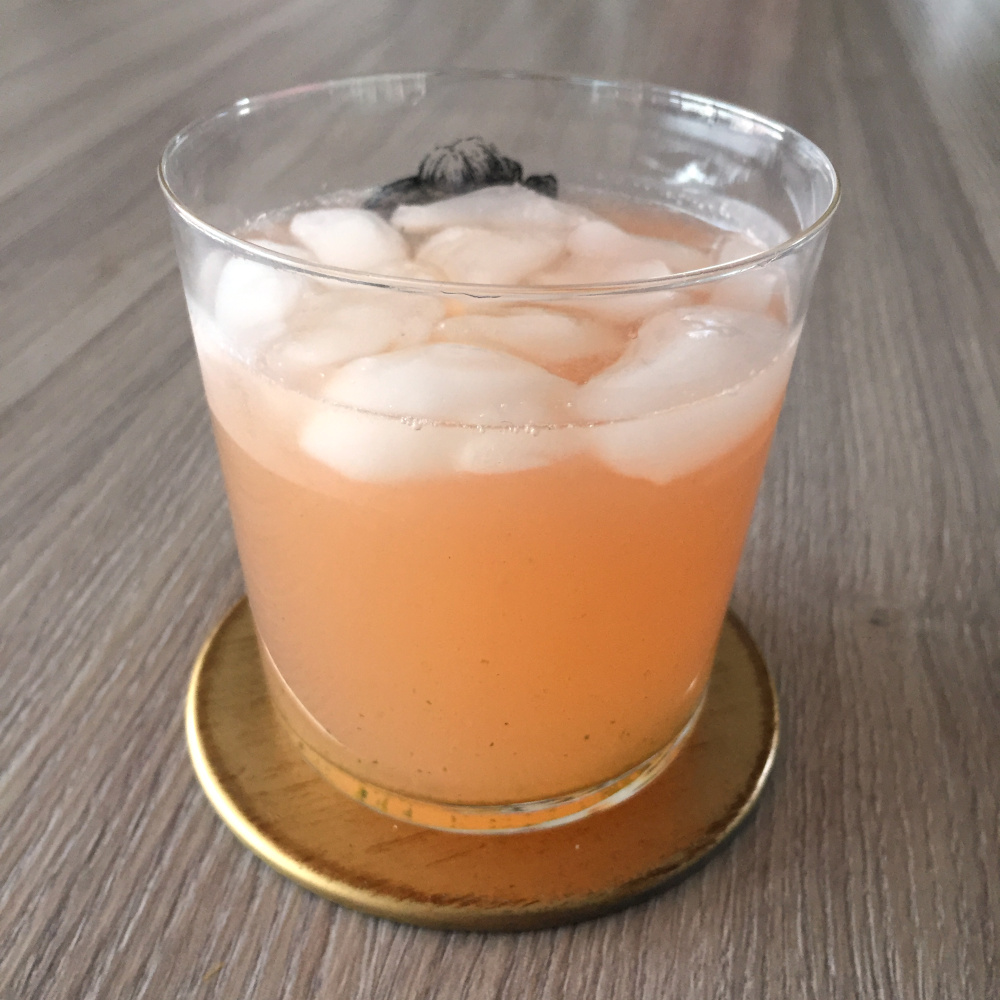I was quite busy last week. Friday, for example, I had two tea tastings one after another, for six and nine people. As a way to relax, I reviewed...
Chasoba
Soba are a type of Japanese noodles. They are made with buckwheat flour and wheat flour. There are different types of soba, but for this blog the most interesting...
Our Teaware is Already Broken
The Buddhist monk Ajahn Chah talked about seeing a glass as if it was already broken. The concept of impermanence is very important in Buddhism. It’s an inevitable part...
The Tea Crane Organic Nara Native Sencha
There are many interesting Japanese teas at The Tea Crane. Today I review one of them: a sencha grown high up in the mountains. The tea plants used came...
Japanese Names with the Symbol for Tea
I searched online and made a list of Japanese names that have the Chinese symbol for tea: 茶. It’s not an exhaustive list, however. While I haven’t met anyone...
The Revival of Japanese Tea
I want to share with you a short tea video: It’s about three years old, but still relevant today. Many households in Japan don’t have a kyusu anymore. The...
Marushige Shimizu Seicha Terakawawase Sencha
I want to thank Ian Chun of Yunomi.life for sending me this sample for review. One of the things about Japanese tea that I enjoy is tasting different cultivars....
The Terakawawase Tea Cultivar
The name Terakawawase (寺川早生) comes from Terakawa Toshio (寺川俊男), the registrant of this cultivar, and the term ” waseshu” (早生種) which refers to early budding cultivars. It was developed...
Top 3 Largest Japanese Tea Companies
¿What are the largest tea companies in Japan? When I first started researching this topic, it turned out that the biggest companies in the Japanese tea industry didn’t cultivate...
Kanes Tea Organic Benifuuki Oolong
The Benifuuki cultivar is usually found as either a green tea or black tea. I hadn’t tasted it as an oolong until I tried this one from Kanes Tea....
The Shunmei Tea Cultivar
Shunmei (春茗, しゅんめい) means “spring tea”. The name implies that it is an early budding tea cultivar. On a warm region, it will bud four to five days earlier...
Green Tea and Grapefruit Cocktail
I made this cocktail with a recipe that my friend Kayoko taught me. She found it in a Japanese magazine, if I’m not mistaken. The original recipe uses a...

